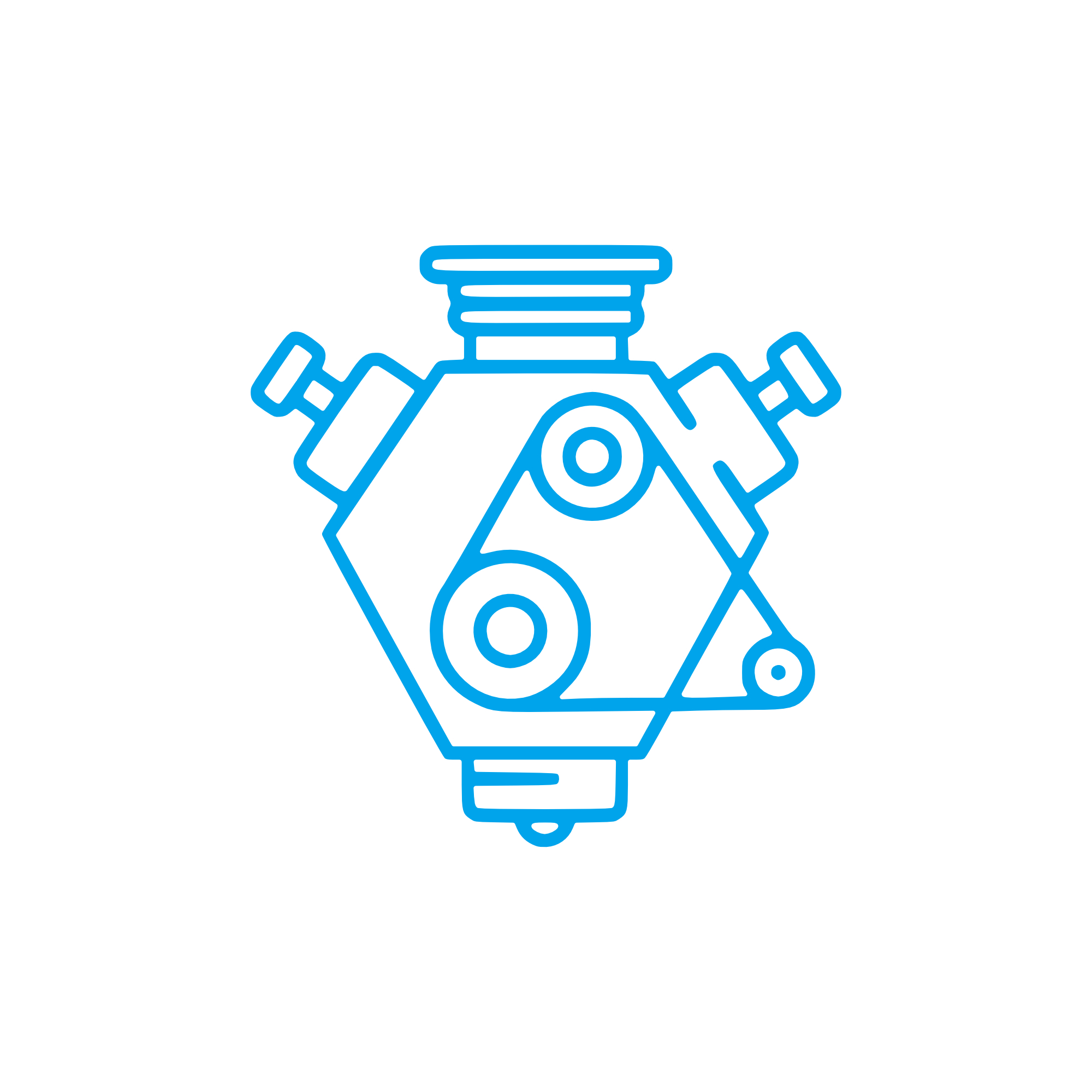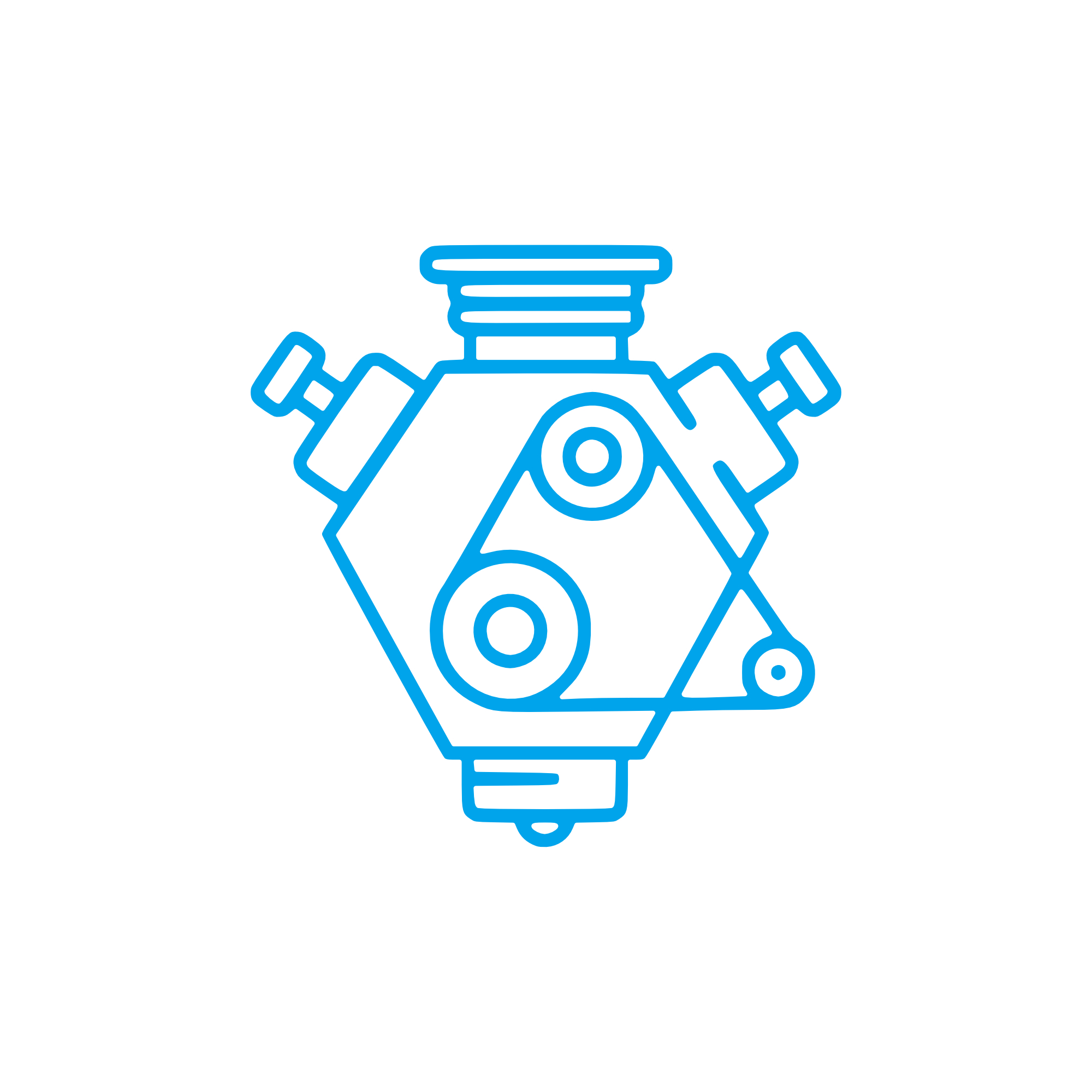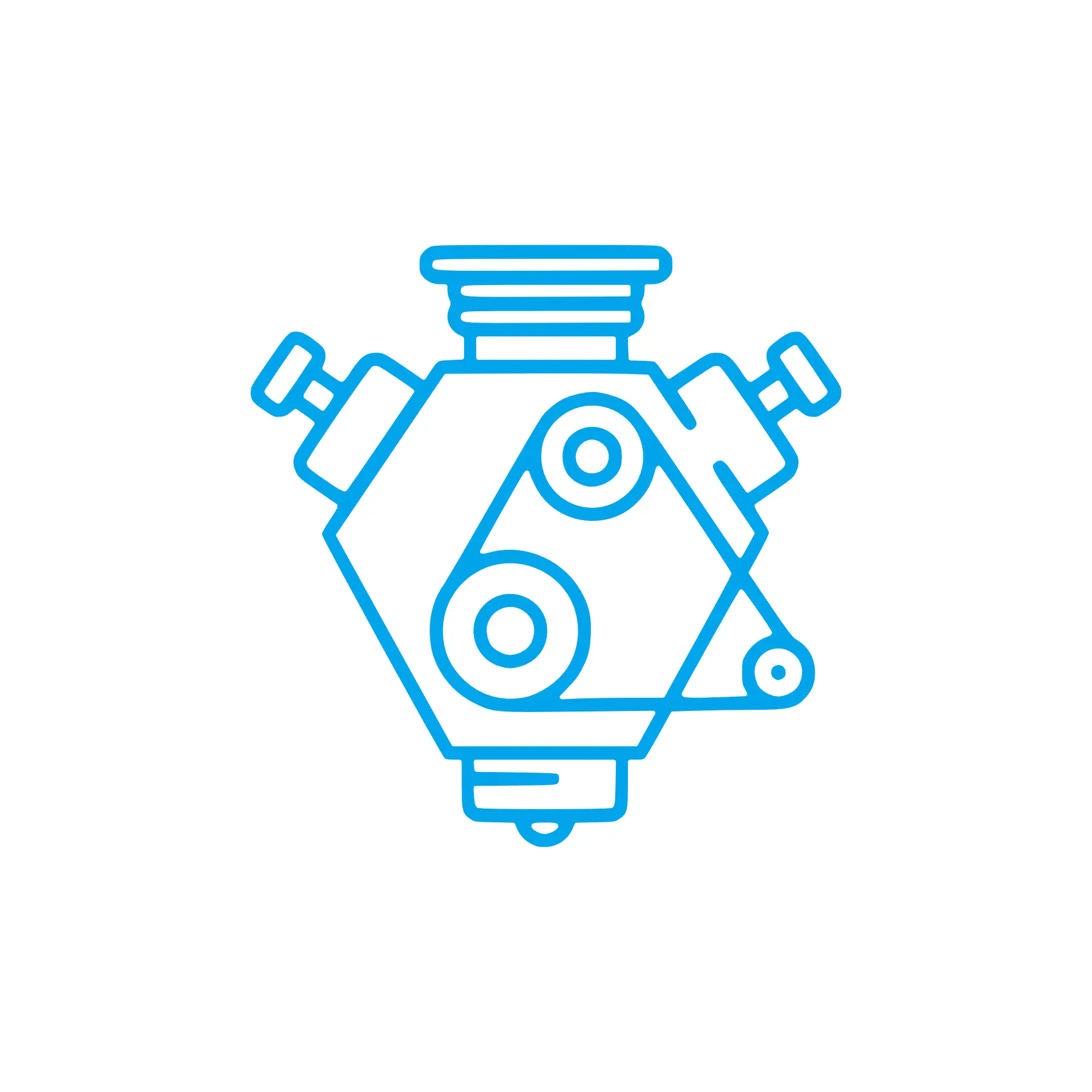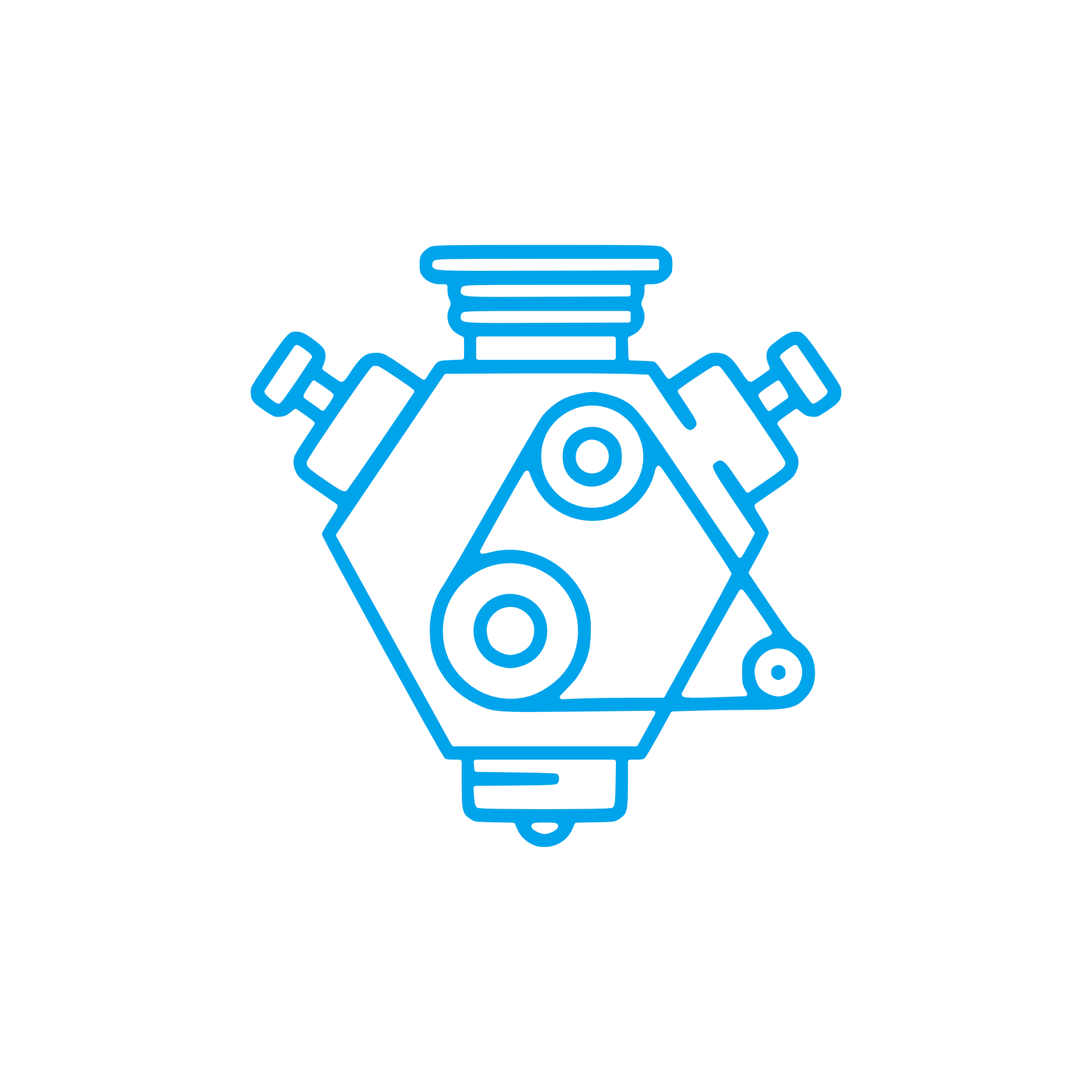FLYWHEEL HOUSING and Engine Drive Components for dependable power transmission
Engine drive components form the mechanical link between an engine’s crankshaft and the driven equipment—gearbox, alternator, pump, or propeller shaft. They include the FLYWHEEL HOUSING, flywheel, flexible coupling, torsional vibration damper, PTO assemblies, and related fasteners and covers. Together, these parts center, protect, and transmit torque with precision, ensuring that diesel and gas engines perform efficiently and safely across marine, power generation, and industrial applications. Specified correctly, they reduce vibration, protect bearings, and deliver consistent output under varying loads and ambient conditions.
Within this category, the FLYWHEEL HOUSING is a central structural element. It locates the flywheel relative to the engine block, provides the standardized interface to the clutch or generator coupling, and shields rotating parts. For purchasers and technical decision-makers, the quality and compatibility of these engine drive components directly impact uptime, lifecycle costs, and compliance with installation standards.
Technical function of Engine Drive Components with FLYWHEEL HOUSING in diesel engine and marine engine applications
The FLYWHEEL HOUSING forms the precision bell that bolts to the rear of the engine block. It pilots the flywheel, aligns the starter engagement point, and provides a standardized flange for transmission or generator mounting. In a diesel engine, this alignment is critical—concentricity and face runout must remain within tight limits per common industry practices (e.g., SAE J617 for housings and SAE J620 for flywheels) to prevent input shaft wear, starter misalignment, and torsional resonance issues.
In a marine engine environment, the FLYWHEEL HOUSING also serves as a protective enclosure, keeping salt-laden air, drips, and debris away from the flywheel and coupling while enabling safe access via inspection covers. Robust casting geometry and ribbing help the housing resist distortion under bolt preload and dynamic loads, preserving gearbox alignment even during heavy swell or rapid load changes. The housing’s interface pattern (SAE or manufacturer-specific) allows straightforward coupling selection and quick service work without re-machining.
Across engine drive components, function is about controlled energy transfer. The flywheel adds rotational inertia to stabilize idle and absorb firing pulses; the flexible coupling filters torsional vibration to protect gear teeth and generator windings; the FLYWHEEL HOUSING keeps all rotating elements coaxial and contained. For installations that use PTOs, the housing provides additional mounting faces to drive auxiliary pumps. In FLYWHEEL HOUSING OEM parts, precise machining, material grade, and surface finish ensure correct starter pinion depth and reliable cranking performance in all climates.
- · Precise SAE interface and pilot diameters for accurate gearbox or generator fit.
- · Rigid casting resists distortion and maintains shaft alignment under load.
- · Corrosion-resistant finishes suited to marine engine compartments.
- · Optimized ring-gear positioning for consistent starter engagement.
- · Compatible with flexible couplings and PTO drive options.
- · Inspection covers and drain points support safe maintenance.
- · Controls noise and vibration by keeping rotating masses concentric.
- · Supports longer bearing life through reduced misalignment and shock.
- · Enhances safety by enclosing high-energy rotating components.
Importance of Engine Drive Components and FLYWHEEL HOUSING for reliable operation
Engine drive components directly affect reliability and service life. Even a small loss of alignment at the FLYWHEEL HOUSING can cascade into spline fretting, seal leaks, and premature bearing failures in the gearbox or generator. Excessive runout introduces cyclical loads that increase torsional vibration, contributing to coupling damage and fatigue cracking at mounting bosses or fastener holes. In marine service, corrosion or worn dowels can shift the housing centerline, causing starter pinion clash, hard starting, and chipped ring gears.
When these issues go unchecked, the results are costly: prolonged downtime, unscheduled dry-docking, or generator trips under load. Heat build-up from misalignment may lead to clutch chatter or even input shaft fractures. Conversely, maintaining the FLYWHEEL HOUSING and its mating engine drive components within dimensional tolerances preserves smooth torque flow, reduces acoustic emissions, and keeps maintenance intervals predictable. For shipowners and plant operators, this stability translates into consistent dispatchability and fewer emergency callouts.
Advantages of OEM spare parts suitable for Engine Drive Components and FLYWHEEL HOUSING OEM parts
Choosing OEM spare parts suitable for engine drive components safeguards the fit, function, and durability designed into your engine. These parts are built to the correct alloy, hardness, and machining tolerances, ensuring the FLYWHEEL HOUSING center bore, bolt circle, and pilot diameters match the mating transmission or alternator without rework. Surface finishes and coating systems are selected for the operating environment—especially important for a marine engine where condensation and salt exposure are routine.
With OEM spare parts, installation is faster and more predictable because the dimensional stack-up across the flywheel, coupling, and FLYWHEEL HOUSING is controlled. Balancing specifications are met to limit vibration at rated speed, and documentation supports traceability and compliance. The net effect is improved performance, higher reliability, better protection of connected equipment, and disciplined lifecycle costs through reduced re-machining, fewer alignment corrections, and fewer premature failures.
How OEM spare parts protect performance, budget, and service life
Fit-for-purpose materials and precise geometry maintain shaft alignment, helping bearings and seals reach full service life. Correctly balanced flywheels and concentric housings minimize torsional peaks that would otherwise shorten coupling and gearbox life. This precision reduces installation time, mitigates rework risk, and helps keep total cost of ownership under control—especially on large diesel engine installations where every hour of downtime carries significant commercial impact.
MOPA: your partner for OEM parts for FLYWHEEL HOUSING and Engine Drive Components
MOPA is an experienced and reliable partner for OEM spare parts covering the full range of engine drive components, from FLYWHEEL HOUSING sets and flywheels to flexible couplings and PTO solutions. We prioritize speed, quality, and security in the trade of OEM parts for diesel and gas engines, supporting both fleet and plant requirements.
Our team provides fast quotations, technically verified cross-references, and accurate kitting to minimize installation time. We source from audited supply channels and perform incoming checks to verify dimensions and surface conditions, so your FLYWHEEL HOUSING and mating parts fit the first time. With global logistics expertise, we ship rapidly to ports and plants worldwide, with the documentation and traceability your operation expects.
Conclusion: FLYWHEEL HOUSING and Engine Drive Components keep torque flowing
Engine drive components—anchored by a precise, robust FLYWHEEL HOUSING—are vital to safe, efficient power transmission in diesel and marine engine applications. Specifying and maintaining the right components preserves alignment, reduces vibration, and protects connected equipment.
OEM spare parts suitable for this category deliver the accuracy, material integrity, and documentation needed to sustain performance and extend service life while controlling costs. With MOPA as your partner, you secure fast, dependable access to the OEM parts that keep your engines running at their best.





